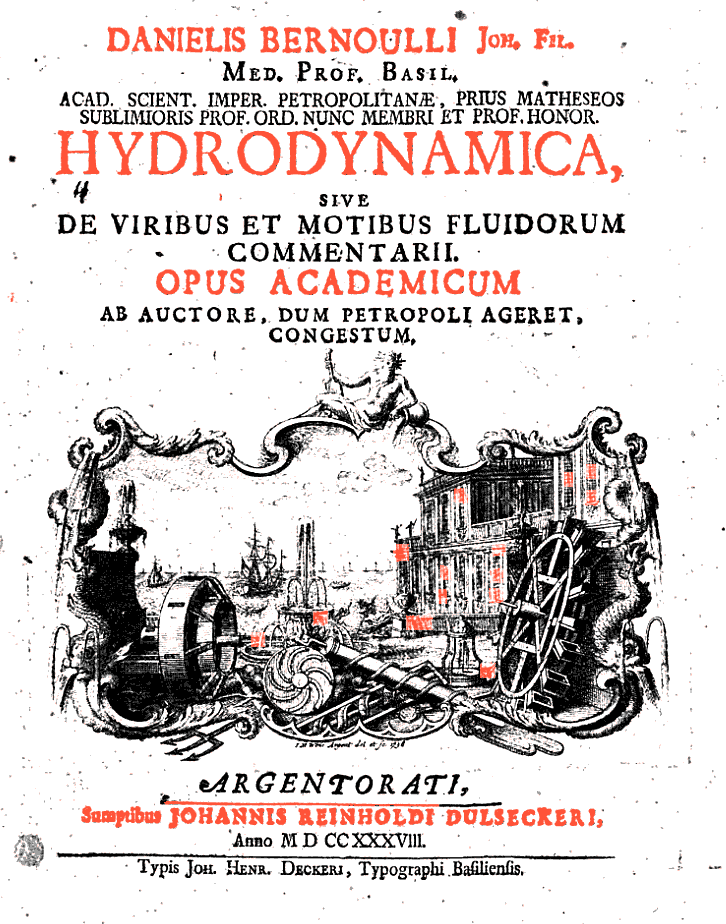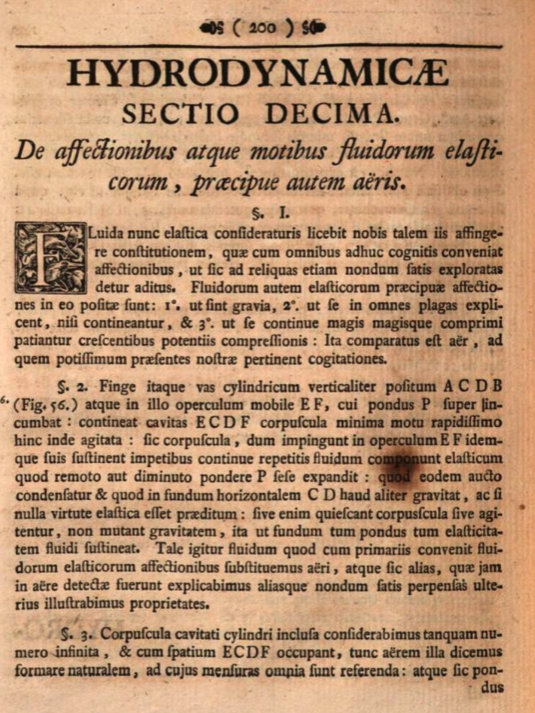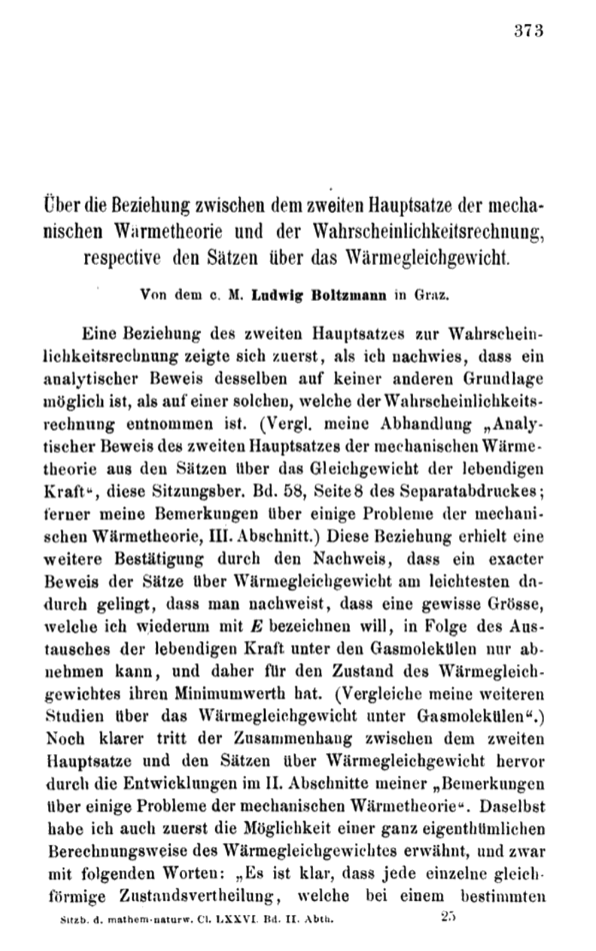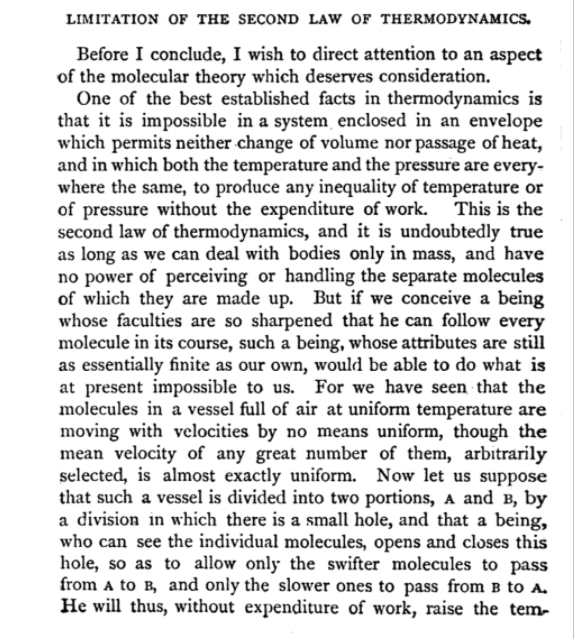Information Engines
Exploring Connections Between Intelligence and Thermodynamics
Neil D. Lawrence
Departmental Seminar, Department of Computer Science, University of Manchester
Hydrodynamica
Entropy Billiards
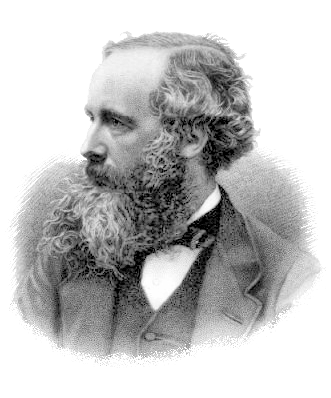
|
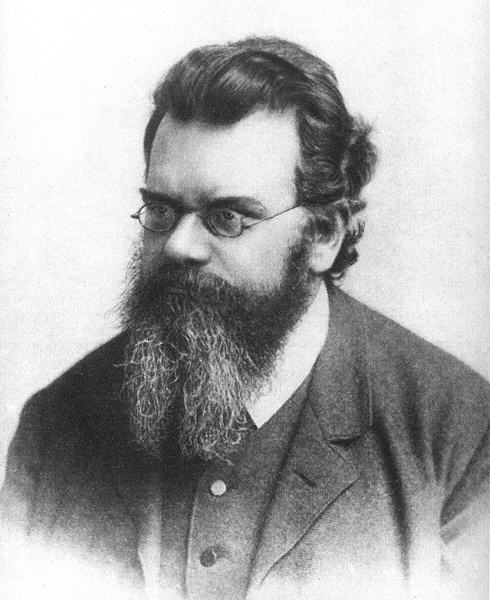
|
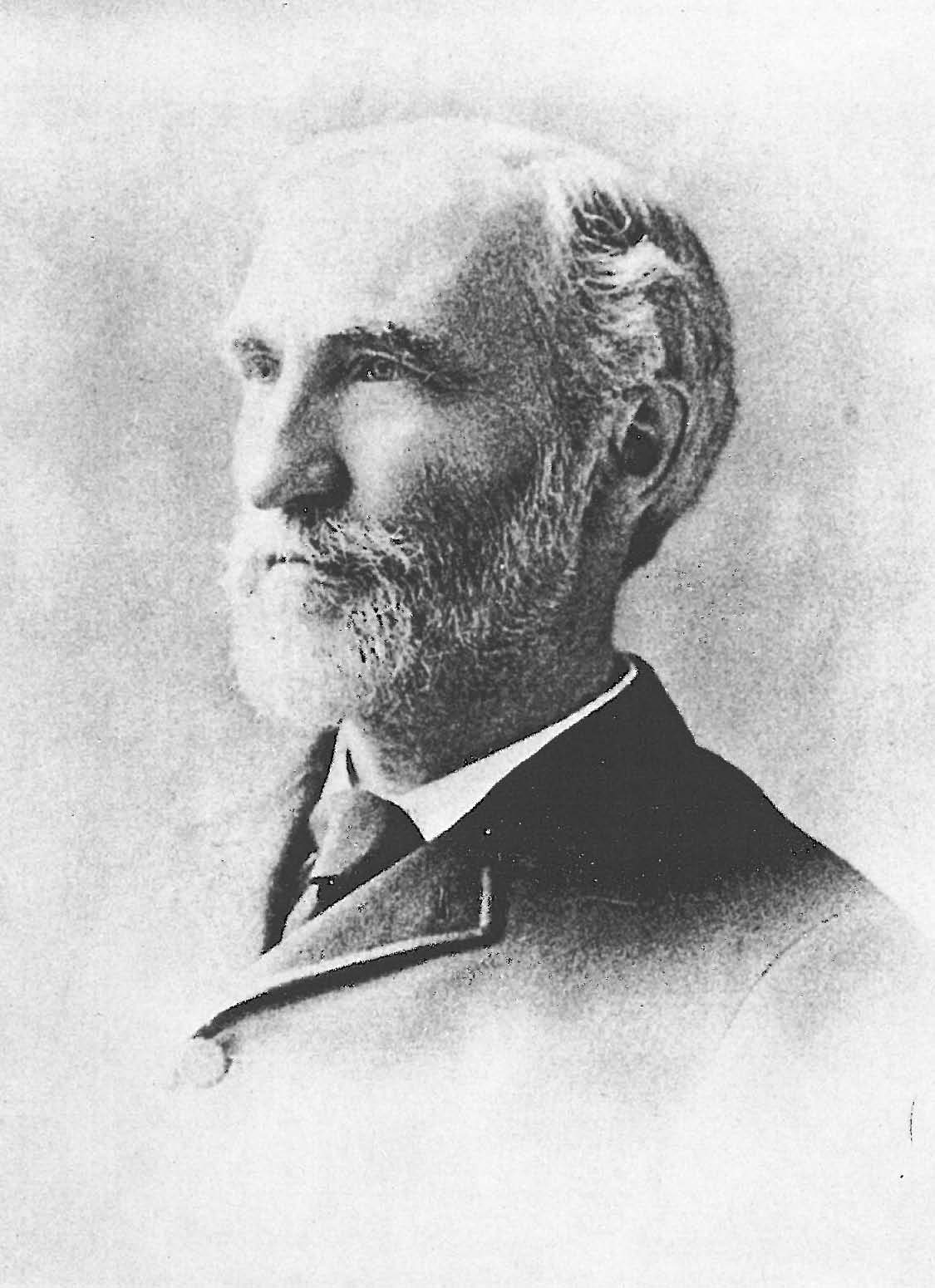
|
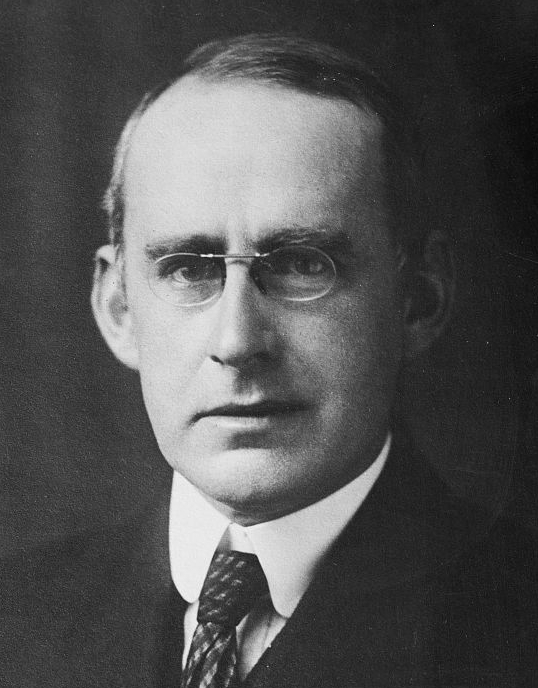
|
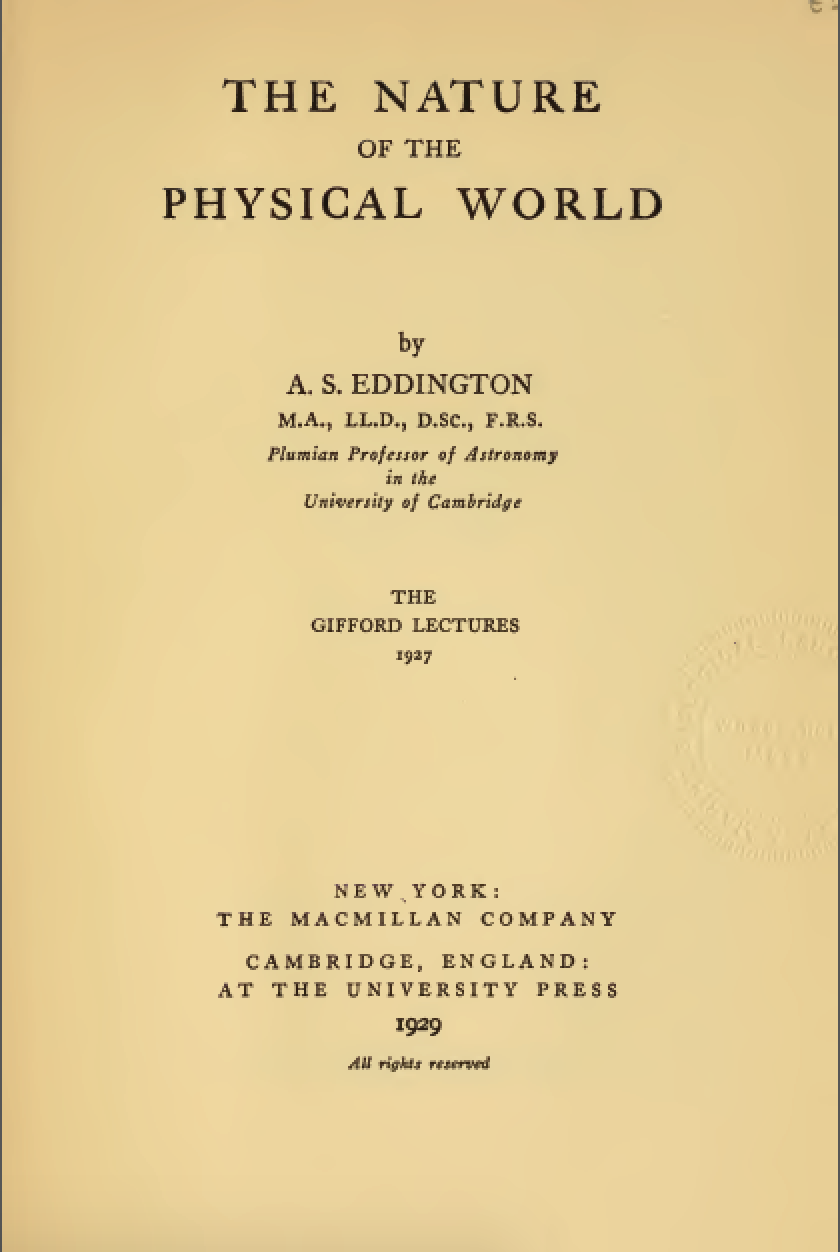
|
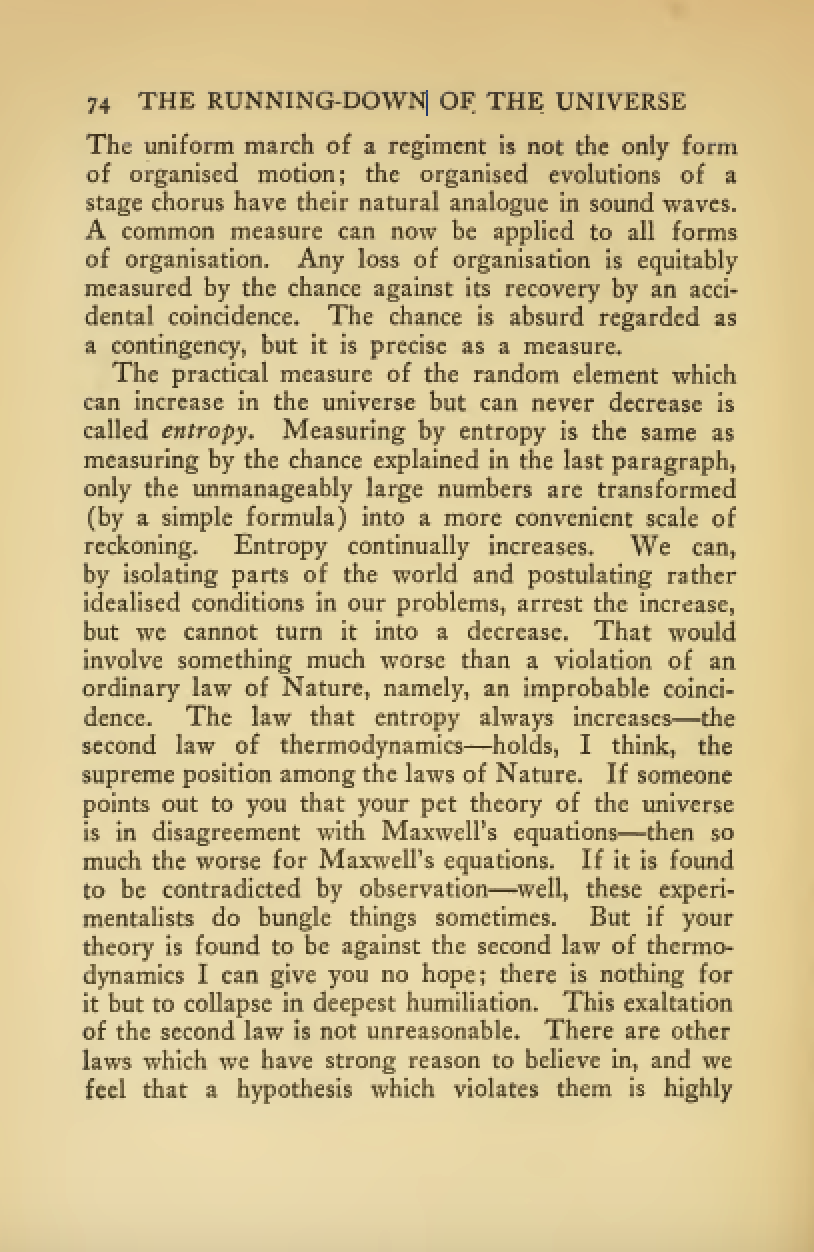
|
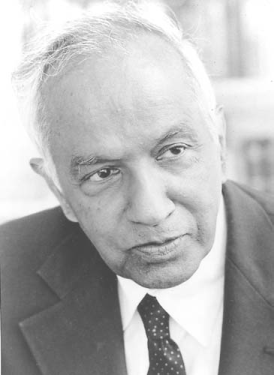
|
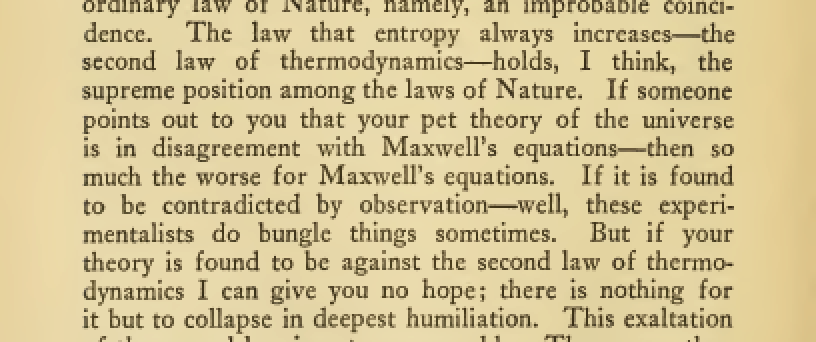
Maxwell’s Demon
Information Theory and Thermodynamics
- Information theory quantifies uncertainty and information
- Core concepts inspired by thermodynamic ideas
- Information entropy \(\leftrightarrow\) Thermodynamic entropy
- Free energy minimization common in both domains
Entropy
Entropy \[ S(X) = -\sum_X \rho(X) \log p(X) \]
In thermodynamics preceded by Boltzmann’s constant, \(k_B\)
Exponential Family
- Exponential family: \[ \rho(Z) = h(Z) \exp\left(\boldsymbol{\theta}^\top T(Z) + A(\boldsymbol{\theta})\right) \]
- Entropy is, \[ S(Z) = A(\boldsymbol{\theta}) - E_\rho\left[\boldsymbol{\theta}^\top T(Z) + \log h(Z)\right] \]
Where \[ E_\rho\left[T(Z)\right] = \nabla_\boldsymbol{\theta}A(\boldsymbol{\theta}) \] because \(A(\boldsymbol{\theta})\) is log partition function.
operates as a cummulant generating function for \(\rho(Z)\).
Available Energy
- Available energy: \[ A(\boldsymbol{\theta}) \]
- Internal energy: \[ U(\boldsymbol{\theta}) = A(\boldsymbol{\theta}) + T S(\boldsymbol{\theta}) \]
- Traditional relationship \[ A = U - TS \]
- Legendre transformation of entropy
Work through Measurement
- Split system \(Z\) into two parts:
- Variables \(X\) - stochastically evolving
- Memory \(M\) - low entropy partition
Joint Entropy Decomposition
Joint entropy can be decomposed \[ S(Z) = S(X,M) = S(X|M) + S(M) = S(X) - I(X;M) + S(M) \]
Mutual information \(I(X;M)\) connects information and energy
Measurement and Available Energy
Measurement changes system entropy by \(-I(X;M)\)
Increases available energy
Difference in available energy: \[ \Delta A = A(X) - A(X|M) = I(X;M) \]
Can recover \(k_B T \cdot I(X;M)\) in work from the system
Information to Work Conversion
- Maxwell’s demon thought experiment in practice
- Information gain \(I(X;M)\) can be converted to work
- Maximum extractable work: \(W_{max} = k_B T \cdot I(X;M)\)
- Measurement creates a non-equilibrium state
- Information is a physical resource
The Animal Game
- Intelligence as optimal uncertainty reduction
- 20 Questions game as intuitive example
- Binary search exemplifies optimal strategy
- Information gain measures question quality
- Wordle as a more complex example
The 20 Questions Paradigm
Entropy Reduction and Decisions
- Entropy before question: \(S(X)\)
- Entropy after answer: \(S(X|M)\)
- Information gain: \(I(X;M) = S(X) - S(X|M)\)
- Optimal decision maximise \(I(X;M)\) per unit cost
Thermodynamic Parallels
- Intelligence requires work to reduce uncertainty
- Thermodynamic work reduces physical entropy
- Both operate under resource constraints
- Both bound by fundamental efficiency limits
Information Engines: Intelligence as an Energy-Efficiency
- Information can be converted to available energy
- Simple systems that exploit this are “information engines”
- This provides our first model of intelligence
Measurement as a Thermodynamic Process: Information-Modified Second Law
- Measurement is a thermodynamic process
- Maximum extractable work: \(W_\text{ext} \leq -\Delta\mathcal{F} + k_BTI(X;M)\)
- Information acquisition creates work potential
\[ I(X;M) = \sum_{x,m} \rho(x,m) \log \frac{\rho(x,m)}{\rho(x)\rho(m)}, \]
Efficacy of Feedback Control
Channel Coding Perspective on Memory
- Memory acts as an information channel
- Channel capacity limited by memory size: \(C \leq n\) bits
- Relates to Ashby’s Law of Requisite Variety and the information bottleneck
Decomposition into Past and Future
Model Approximations and Thermodynamic Efficiency
- Perfect models require infinite resources
- Intelligence balances measurement against energy efficiency
- Bounded rationality as thermodynamic necessity
Markov Blanket
- Split system into past/present (\(X_0\)) and future (\(X_1\))
- Memory \(M\) creates Markov separation when \(I(X_0;X_1|M) = 0\)
- Efficient memory minimizes information loss
At What Scales Does this Apply?
- Equipartition theorem: \(kT/2\) energy per degree of freedom
- Information storage is a small perturbation in large systems
- Most relevant at microscopic scales
Small-Scale Biochemical Systems and Information Processing
- Microscopic biological systems operate where information matters
- Molecular machines exploit thermal fluctuations
- Information processing enables work extraction
Molecular Machines as Information Engines
- ATP synthase, kinesin, photosynthetic apparatus
- Convert environmental information to useful work
- Example: ATP synthase uses ~3-4 protons per ATP
ATP Synthase: Nature’s Rotary Engine
Jaynes’ World
- Zero-player game implementing entropy game
- Distribution \(\rho(Z)\) over state space \(Z\)
- State space partitioned into observables \(X\) and memory \(M\)
- Entropy bounded: \(0 \leq S(Z) \leq N\)
Jaynes’ World
Unlike animal game (which reduces entropy), Jaynes’ World maximizes entropy
System evolves by ascending the entropy gradient \(S(Z)\)
Animal game: max uncertainty → min uncertainty
Jaynes’ World: min uncertainty → max uncertainty
Thought experiment: looking backward from any point
Game appears to come from minimal entropy configuration (“origin”)
Game appears to move toward maximal entropy configuration (“end”)
\[ \rho(Z) = h(Z) \exp(\boldsymbol{\theta}^\top T(Z) - A(\boldsymbol{\theta})), \] where \(h(Z)\) is the base measure, \(T(Z)\) are sufficient statistics, \(A(\boldsymbol{\theta})\) is the log-partition function, \(\boldsymbol{\theta}\) are the natural parameters of the distribution.}
Exponential Family
- Jaynes showed that entropy optimization leads to exponential family distributions. \[\rho(Z) = h(Z) \exp(\boldsymbol{\theta}^\top T(Z) - A(\boldsymbol{\theta}))\]
- \(h(Z)\): base measure
- \(T(Z)\): sufficient statistics
- \(A(\boldsymbol{\theta})\): log-partition function
- \(\boldsymbol{\theta}\): natural parameters
Information Geometry
- System evolves within information geometry framework
- Entropy gradient \[ \nabla_{\boldsymbol{\theta}}S(Z) = \mathbf{g} = \nabla^2_\boldsymbol{\theta} A(\boldsymbol{\theta}(M)) \]
Fisher Information Matrix
- Fisher information matrix \[ G(\boldsymbol{\theta}) = \nabla^2_{\boldsymbol{\theta}} A(\boldsymbol{\theta}) = \text{Cov}[T(Z)] \]
- Important: We use gradient ascent, not natural gradient
Gradient Ascent
- Gradient step \[ \Delta \boldsymbol{\theta} \propto \mathbf{g} \]
- Natural gradient step \[ \Delta \boldsymbol{\theta} \propto \eta G(\boldsymbol{\theta})^{-1} \mathbf{g} \]
Markovian Decomposition
\(X\) divided into past/present \(X_0\) and future \(X_1\)
Conditional mutual information: \[ I(X_0; X_1 | M) = \sum_{x_0,x_1,m} p(x_0,x_1,m) \log \frac{p(x_0,x_1|m)}{p(x_0|m)p(x_1|m)} \]
Measures dependency between past and future given memory state
Perfect Markovianity: \(I(X_0; X_1 | M) = 0\)
Memory variables capture all dependencies between past and future
Tension between Markovianity and minimal entropy creates uncertainty principle
System Evolution
Start State
- Low entropy, near lower bound
- Highly structured information in \(M\)
- Strong temporal dependencies (high non-Markovian component)
- Precise values for \(\boldsymbol{\theta}\) uncertainty in other parameter characteristics
- Uncertainty principle balances precision vs. capacity
End State
- Maximum entropy, approaching upper bound \(N\)
- Zeno’s paradox: \(\nabla_{\boldsymbol{\theta}}S \approx 0\)
- Primarily Markovian dynamics
- Steady state with no further entropy increase possible
Key Point
- Both minimal and maximal entropy distributions belong to exponential family
- This is a direct consequence of Jaynes’ entropy optimization principle
- System evolves by gradient ascent in natural parameters
- Uncertainty principle governs the balance between precision and capacity
Histogram Game
Four Bin Histogram Entropy Game
Two-Bin Histogram Example
- Simplest example: Two-bin system
- States represented by probability \(p\) (with \(1-p\) in second bin)
Entropy
- Entropy \[ S(p) = -p\log p - (1-p)\log(1-p) \]
- Maximum entropy at \(p = 0.5\)
- Minimal entropy at \(p = 0\) or \(p = 1\)
Natural Gradients vs Steepest Ascent
\[ \Delta \theta_{\text{steepest}} = \eta \frac{\text{d}S}{\text{d}\theta} = \eta p(1-p)(\log(1-p) - \log p). \] \[ G(\theta) = p(1-p) \] \[ \Delta \theta_{\text{natural}} = \eta(\log(1-p) - \log p) \]
Four-Bin Saddle Point Example
- Four-bin system creates 3D parameter space
- Saddle points appear where:
- Gradient is zero
- Some directions increase entropy
- Other directions decrease entropy
- Information reservoirs form in critically slowed directions
Saddle Point Example
Saddle Points
Saddle Point Seeking Behaviour
Gradient Flow and Least Action Principles
- Steepest ascent of entropy ≈ Path of least action
- System follows geodesics in information geometry
Information-Theoretic Action
- Action integral \[ \mathcal{A} = \int L(\theta, \dot{\theta}) \text{d}t \]
- Information-theoretic Lagrangian \[ L = \frac{1}{2}\dot{\theta}^\top G(\theta)\dot{\theta} - S(\theta) \]
- cf Frieden (1998).
Gradient Flow and Least Action Path
Uncertainty Principle
- Information reservoir variables (\(M\)) map to natural parameters \(\boldsymbol{\theta}(M)\)
- Challenge: Need both precision in parameters and capacity for information
Capacity \(\leftrightarrow\) Precision Paradox
- Fundamental trade-off emerges:
- \(\Delta\boldsymbol{\theta}(M) \cdot \Delta c(M) \geq k\)
- Cannot simultaneously have perfect precision and maximum capacity
Quantum vs Classical Information Reservoirs
- Near origin: “Quantum-like” information processing
- Wave-like encoding, non-local correlations
- Uncertainty principle nearly saturated
- Higher entropy: Transition to “classical” behavior
- From wave-like to particle-like information storage
- Local rather than distributed encoding
Visualising the Parameter-Capacity Uncertainty Principle
- Uncertainty principle: \(\Delta\theta \cdot \Delta c \geq k\)
- Minimal uncertainty states form ellipses in phase space
- Quantum-like properties emerge from information constraints
- Different uncertainty states visualized as probability distributions
Visualisation of the Uncertainty Principle
Conceptual Framework
Conclusion
Unifying Perspectives on Intelligence
- Intelligence through multiple lenses:
- Entropy game: Intelligence as optimal questioning
- Information engines: Intelligence as energy-efficient computation
- Least action: Intelligence as path optimization
- Schrödinger’s bridge: Intelligence as probability transport
- Jaynes’ world: Initial attempt to Bridge between different views.
A Unified View of Intelligence Through Information
Converging perspectives on intelligence:
- Efficient entropy reduction (Entropy Game)
- Energy-efficient information processing (Information Engines)
- Path optimization in information space (Least Action)
- Optimal probability transport (Schrödinger’s Bridge)
Unified core: Intelligence as optimal information processing
Implications:
- Fundamental limits on intelligence
- New metrics for AI systems
- Principled approach to cognitive modeling
- Information-theoretic approaches to learning
Research Directions
- Open questions:
- Information-theoretic intelligence metrics
- Physical limits of intelligent systems
- Connections to quantum information theory
- Practical algorithms based on these principles
- Biological implementations of information engines
- Applications:
- Active learning systems
- Energy-efficient AI
- Robust decision-making under uncertainty
- Cognitive architectures
Thanks!
- book: The Atomic Human
- twitter: @lawrennd
- The Atomic Human
- newspaper: Guardian Profile Page
- blog: http://inverseprobability.com
